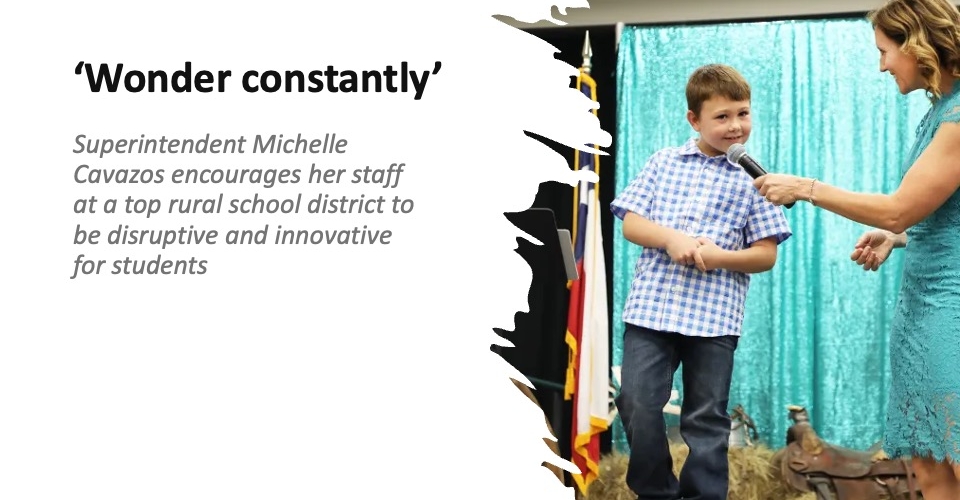“Happiness, fulfillment and stability” were the words students and their families used to describe their ideal K12 outcomes for an education reform study released Monday.
Researchers analyzed the potential of academic recovery initiatives at six New England high schools to determine if new flexibilities provided during the pandemic are rigorous enough to prepare students for successful futures in college and the workforce. They also looked at further supporting high schools in the shift away from the “college for all” approach.
The six schools revealed “a challenging blueprint” for the future, write the authors of the Center on Reinventing Public Education’s “Good Life for All” report.
Read more from DA: Here comes a monumental eclipse. Are you closing school or out of luck?
“That blueprint includes the need for designing and strengthening instruction to offer flexibility without lowering expectations; creating systems that support every student in developing a high-quality, individualized postsecondary plan … and building systemic capacity to sustain innovation over time,” they wrote.
“Our study of these six schools illuminated key tensions that, if unresolved, could put equity and their vision for student success at risk.”
What does high-quality career readiness look like?
Most educators now recognize that the path to that good life built on happiness, fulfillment and stability doesn’t run through higher education for all students. The schools studied are shifting toward helping “each student achieve success on his or her own terms”—particularly students who belong to historically marginalized groups.
The shift will be powered by postsecondary plans that set the stage for each student’s success but don’t perpetuate opportunity gaps by inadvertently discouraging some learners from plotting ambitious post-high school paths, the researchers write. The schools in the study are still working to better define “career-ready” so workforce-centered postsecondary plans are as rigorous as those that steer students to higher education.
Students also need a post-secondary “plan B” in case their life circumstances change. Some states already offer tools that high school counselors can use to guide students in taking more control over postsecondary planning by setting goals and tracking progress. Educators can also encourage students to develop checklists that lay out the steps for their career pathways.
“Without established expectations for what high-quality plans and career readiness look like, it’s much easier for uneven expectations to flourish, perpetuating existing inequities,” the researchers contend.
‘We hold the line together’
The report also examined how the six schools are sustaining of pandemic-era academic flexibility, such as an expansion of individualized tutoring and grading reforms that prohibited teachers from giving students zeros. The school is ensuring that its educators are maintaining high expectations for all students. “Leaders often repeat the refrain, ‘We hold the line together, we examine the line together, we move the line together,'” the study notes.
Educators at this school are also involving students in the priority-setting process. At several other schools, administrators are “tightening up enforcement of behavioral policies that they loosened during the pandemic.” Two of those schools have restricted cell phone use while another has installed a digital hall pass system that has reduced the number of students skipping class.
And one school is no longer giving students credits for courses from which they were absent 20 or times in a year. Students who miss extended amounts of school due to extenuating circumstances have access to credit recovery, the report notes.
“No student should be given an ‘easier’ high school experience based on their perceived potential or stated aspirations,” the report concludes. “All students need a challenging one that supports them to maximize their potential.”









